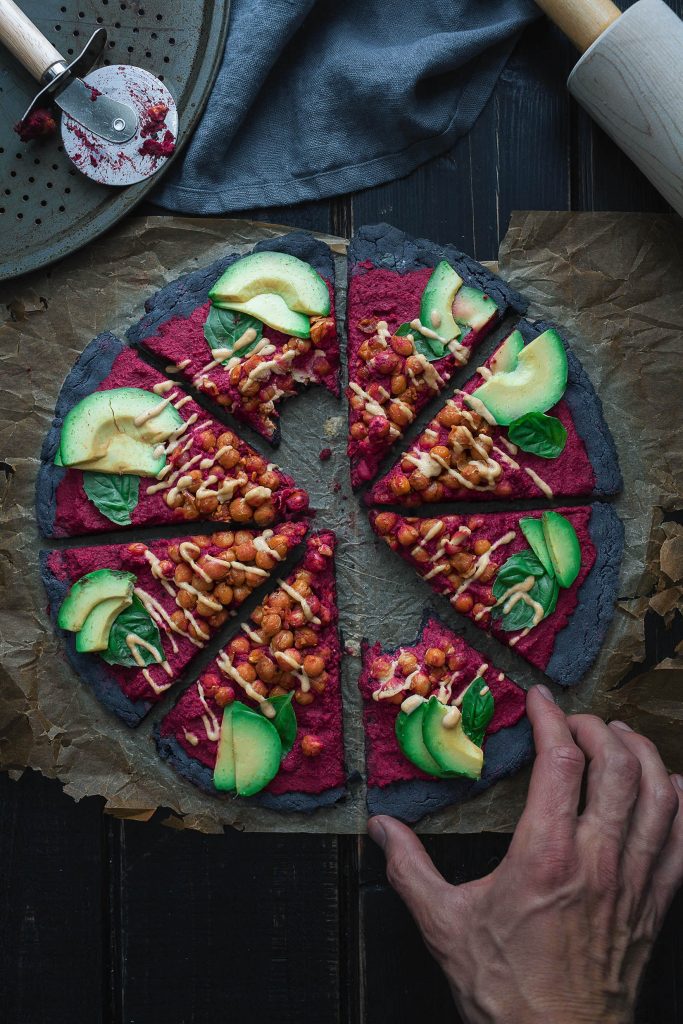Everyone has aereo-photographed their food at the restaurant. At least once. What we don’t know is that, behind that vegan dish with exotic spices and a pretty appearance, there is often a Chef on the edge of a mental breakdown trying to cope with the latest Millennials’ tantrum. Having to make everything look instagrammable is only one of many changes the restaurant industry has undergone in order to keep up with the trends of technology and our generation.
Voice Of London had a chat with some professionals in the industry and listed 6 changes of how it used to be.
1. Less tradition, more innovation: we are more adventurous with flavours
How it was
The passport winks from your pocket. You’re going on vacation and are about to discover a whole new spectrum of flavours. You won’t find any of the food you have at home. In the past we wouldn’t experiment much. Every country had its own traditional food.
How it is now
As soon as you land on foreign soil you probably feel the urge for your Starbucks coffee. Sushi for lunch? Italian for dinner? Sure thing. It doesn’t matter if you are in London, Milan or Tokyo. Looking for more traditional cuisine is down to choice now, with far fewer limitations both geographically and culturally. Domenico Casini, Chef and owner of Italian Restaurant Le Bar A Vins, confesses his nostalgia for the family-run taverns and diners where you could find earthy flavours from ancient granny recipes smelling like childhood. Nowadays, Fabian Angelini, Chef and Hospitality Consultant, notes, the new generations are more exigent and more informed. Apparently, we want to be surprised. We want the experience, not just a meal. We can now find reinterpretations of traditional recipes mixed with exotic flavours and exciting spices. Millennials travel far more than the older generations, Domenico Casini explains, therefore they expect to find different culinary styles. Because we taste new dishes from different cultures on a daily basis, we need innovation not to get bored.
2. We eat less, more healthy and are more demanding
How it was
Creamy, greasy recipes with the amount of calories suitable enough to induce a grizzly into early hibernation? Yes please, and make it double. Eating out was, often, about indulgence and enjoying a tasty meal.
How it is now
There is a whole trend about healthy eating now. It is a proper lifestyle choice, with millennials requiring, according to Fluent, Paleo, gluten-free, vegetarian options and carb and calorie-conscious recipes, possibly alternative flours as well, Chef Casini confirms. We can easily find stuff like Chickpea Flour Omelette with Spinach, Onion, Tomato, Bell Peppers and Vegan Avocado Melt with Coconut Bacon (Coconut bacon?)
Although there are those who feel like everything got a little out of hand:
Chef Casini, in order to keep up with the new demand, added to his Italian menu vegan burgers and raw crudites, saying that he pays particular attention to the female audience, since they often choose the restaurant. Casini says we eat less and consume less alcohol, although we compensate quantity with quality, willing to spend more for high quality.
3. …And we want it environment-friendly
How it was
In the past we used to care less -on average- if for our delicious piece of meat thousands of animals had suffered the most unimaginable tortures. As long as it reached the plate with a juicy taste, that’s all we wanted to know.
How it is now
It is quite well known that millennials have a thing for environment-friendly stuff. Today there is a growing awareness of ethical-friendly cuisine and an exponential increase in demand for vegan options and biodynamic products. We seem to care about the planet and try our best to adopt a cruelty-free lifestyle, with 8 out 10 millennials declaring to consciously choose products that are organic, natural or sustainably sourced. This reflects in the selection process of the restaurant industry, which tries its utmost to pander the new generations.
4. We pay attention to the setting and the food presentation, it is no longer a fine-dining-only thing
How it was
Eating was, mostly, about the taste of the meal. Beautiful compositions would be reserved to fine dining only.
How it is now
Now even the tiny cafe should embellish their dishes and create a creative atmosphere. Chef Casini explains that with food blogs, youtube and instagram on the rise there is a more exigent audience, which requires food to look beautiful, not only tasty. Fabian Angelini says that when he provides consultancy to open new restaurants he suggests a theme, to make them look attractive and grab millennial’s attention.
5. Technology is closely integrated with food
How it was
The sole technology involved with food was driving to the restaurant. Eating out was a social activity to chat and get closer to people.
How it is now
Eating out is still a social experience, only with tons of technology thrown into it. We have a weird fetish for sharing our food with the world, trying anything to make it look the most amazing, mouth watering food ever conceived.
Restaurants are now looking at ways to integrate technology within their premises, like Inamo, which features interactive tables with games and ability to order with a quick touch.
6. Recommendations 2.0
How it was
In the past it used to be mostly about word of mouth. Aunt Jenny would recommend that cute restaurant let-me-think-what-was-its-name and that would be it.
How it is now
Tripadvisor, Google, Yelp, Facebook… You name it. A broader exposure has negatives and positives, says Casini. If on the one hand it allows to reach audiences never imagined before, on the other hand it puts the Restaurant industry under pressure from opening to closing time, because once something goes online, it cannot easily be removed. And if Aunt Jenny had a bad day and feels like destroying the reputation of a restaurant, she can do it with a click. The power of online reviews is often underestimated. A survey by Buzzback outlined how 8 out of 10 of the participants said that restaurant reviews help them decide which restaurant to go for.
Words: Giulia Trinci








